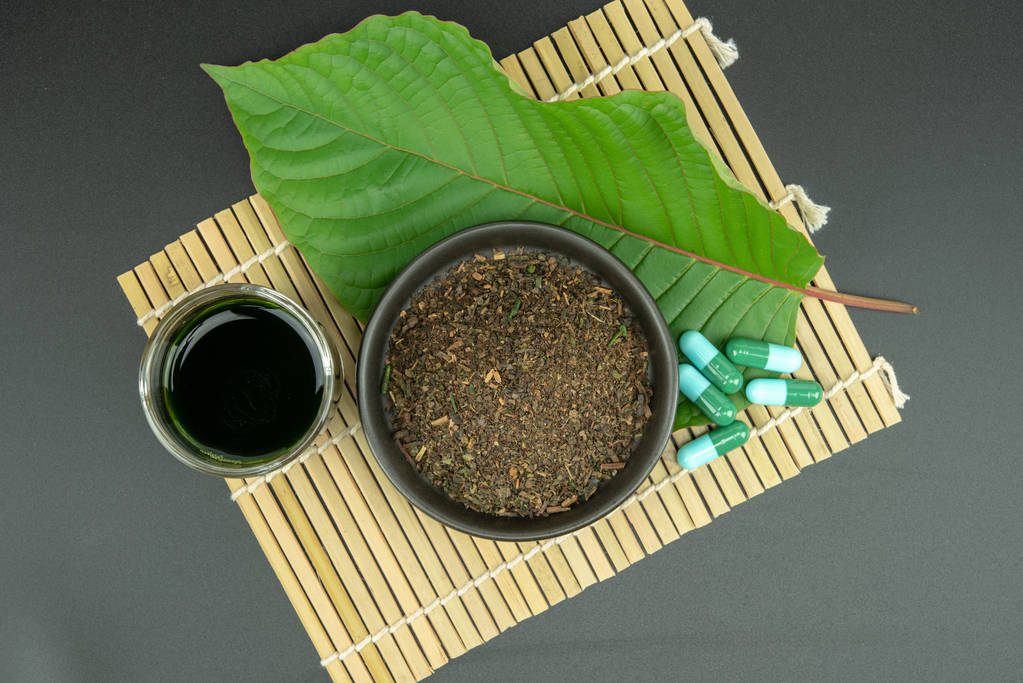Introduction
Caffeine and kratom are two substances that have increasingly found their way into our daily routines. While caffeine is well-known and widely consumed, kratom, a lesser-known substance, is gaining attention. This article in my review explores their roles, benefits, risks, and how they fit into our daily lives.
- Introduction
- Understanding Caffeine
- Discovering Kratom
- What is Kratom?
- Kratom Varieties and Their Effects
- The Legal Status of Kratom
- Potential Risks and Side Effects
- Comparing Caffeine and Kratom
- Usage in Daily Life
- Personal Experiences and Testimonials
- Expert Opinions
- Safe Usage Guidelines
- The Social Aspect:
- Legal and Ethical Considerations
- Future Trends:
Understanding Caffeine
What is Caffeine?
Caffeine is a natural stimulant most commonly found in tea, coffee, and cacao plants. It stimulates the brain and central nervous system, helping you stay alert and preventing the onset of tiredness.
Benefits of Caffeine

Regular in my review, moderate caffeine intake can offer several health benefits, including enhanced brain function, improved mood, and boosted metabolism. It’s also linked to a reduced risk of certain diseases like Alzheimer’s and diabetes.
Common Sources of Caffeine
Apart from coffee and tea, caffeine is present in soft drinks, energy drinks, and certain medications. It’s also available in supplement form.
Potential Side Effects
Overconsumption can lead to side effects like insomnia, nervousness, restlessness, stomach irritation, nausea, and an increased heart rate.
Discovering Kratom
What is Kratom?
Kratom is a tropical tree native to Southeast Asia, with leaves that contain compounds that can have psychotropic effects. It’s not as mainstream as caffeine but is used by some for its potential medicinal properties.

Kratom Varieties and Their Effects
There are several strains of kratom, each with unique effects. Some are known for their energizing effects, while others are sought after for their sedative properties.
The Legal Status of Kratom
The legality of kratom varies by country and state, with some places classifying it as a controlled substance due to its potential for abuse.

Potential Risks and Side Effects
Kratom use can lead to side effects like nausea, itching, loss of appetite, dry mouth, and increased urination. Its safety profile is not well-established, and it may interact with other substances.
Comparing Caffeine and Kratom
Similarities and Differences Both substances can produce stimulant effects at lower doses. However, their chemical compositions, legal status, and risk profiles differ significantly.
How They Affect the Body and Mind Caffeine primarily acts as a central nervous system stimulant, while kratom’s effects are more varied, ranging from stimulant to sedative based on dosage and strain.
Usage in Daily Life
Caffeine in Everyday Life
Caffeine is a staple in many daily routines, often consumed in the form of coffee or tea. It’s used to boost alertness, particularly at the start of the day or during afternoon slumps.
Incorporating Kratom Responsibly
Kratom may be used for pain relief, mood enhancement, or as an opioid alternative. Its use should be approached with caution, considering its legal status and potential risks.
Personal Experiences and Testimonials
Case studies reveal varied experiences with both substances. While many enjoy caffeine’s energizing effects, others find kratom helpful for specific health issues, though experiences vary widely.
Expert Opinions
Health professionals often advocate for moderation in caffeine consumption and caution with kratom use, emphasizing the need for further research.
Safe Usage Guidelines
Dosage and Precautions for Caffeine
It’s recommended to limit caffeine intake to 400 mg per day for most adults. Pregnant women and individuals with certain health conditions should consume less.
Dosage and Precautions for Kratom
Due to its uncertain safety profile, kratom should be used judiciously. Users are advised to start with small doses and be aware of its legal status in their area.
The Social Aspect:
Caffeine and Social Interactions
Coffee and tea play significant roles in social gatherings and work environments, often serving as a focal point for social interaction.
Kratom’s Role in Social Settings
Kratom is less common in social settings and is often used individually for personal reasons, such as pain management or relaxation.
Legal and Ethical Considerations
The regulation of both caffeine and kratom varies, with caffeine being widely accepted and kratom facing more legal and ethical debates.
Future Trends:
Research on both substances continues, with interest in their potential health benefits and concerns about their risks and abuse potential.
Conclusion
Caffeine and kratom both play roles in our daily lives, though they differ greatly in their usage, effects, and safety profiles. While caffeine is a widely accepted part of many routines, kratom should be approached with caution, considering its less established safety and legal status.






